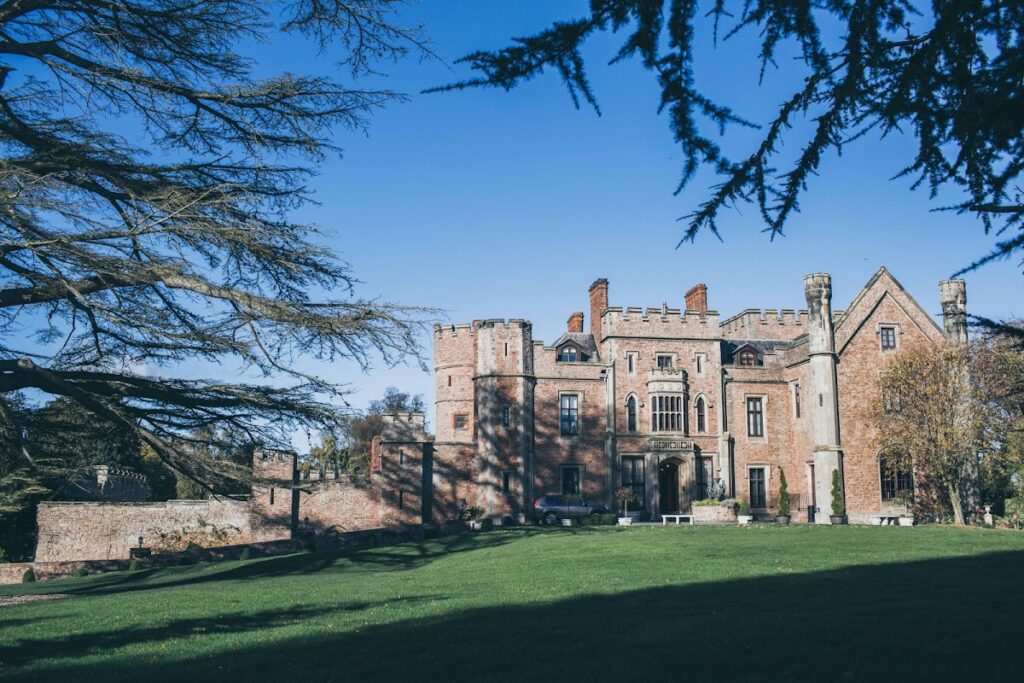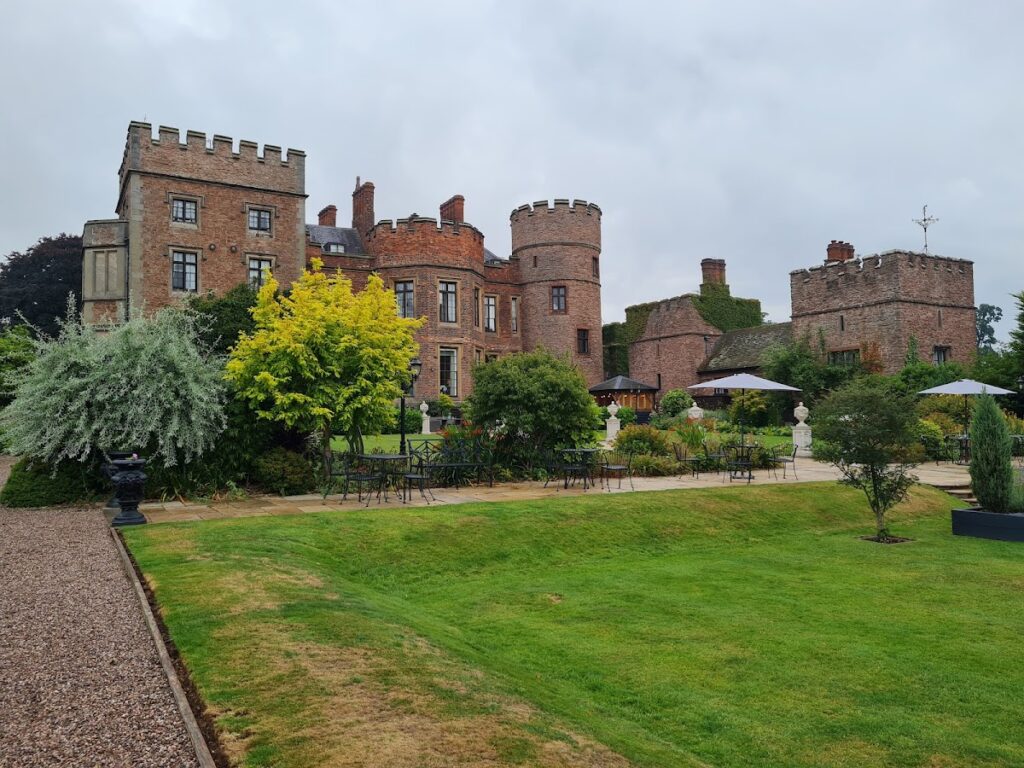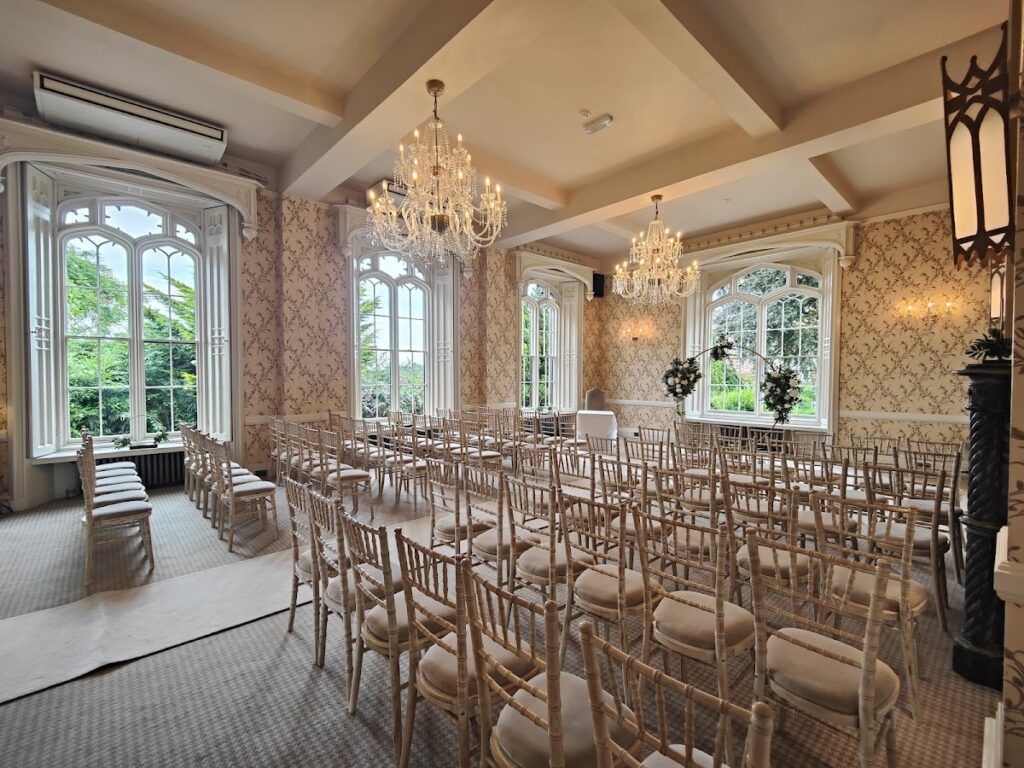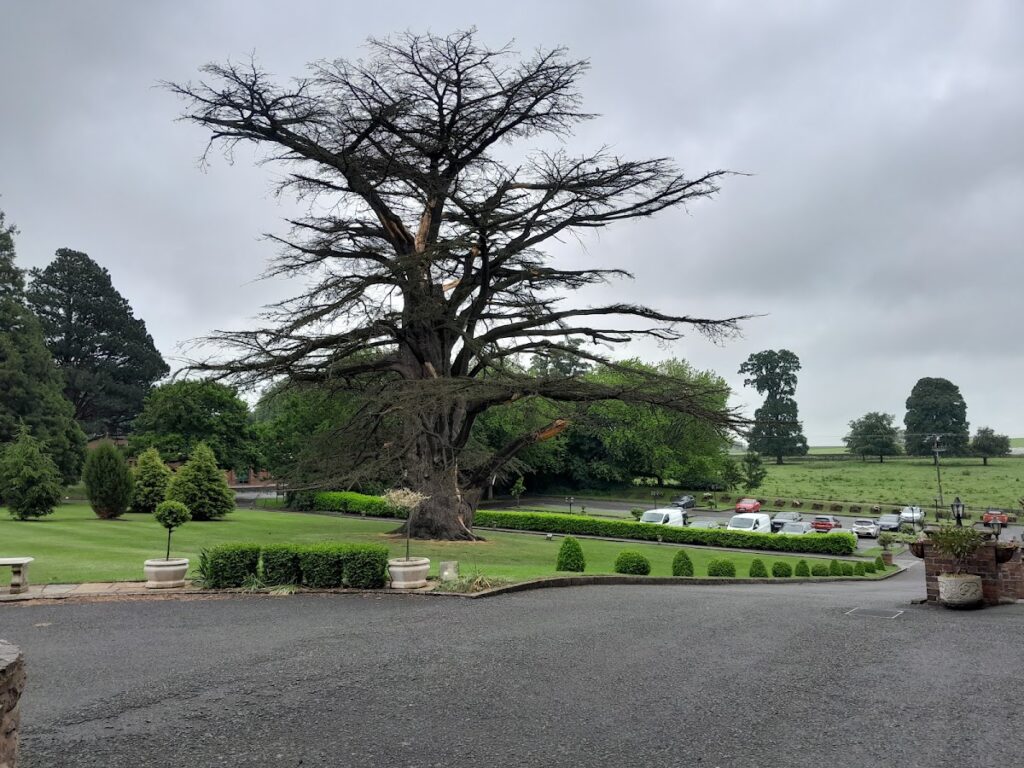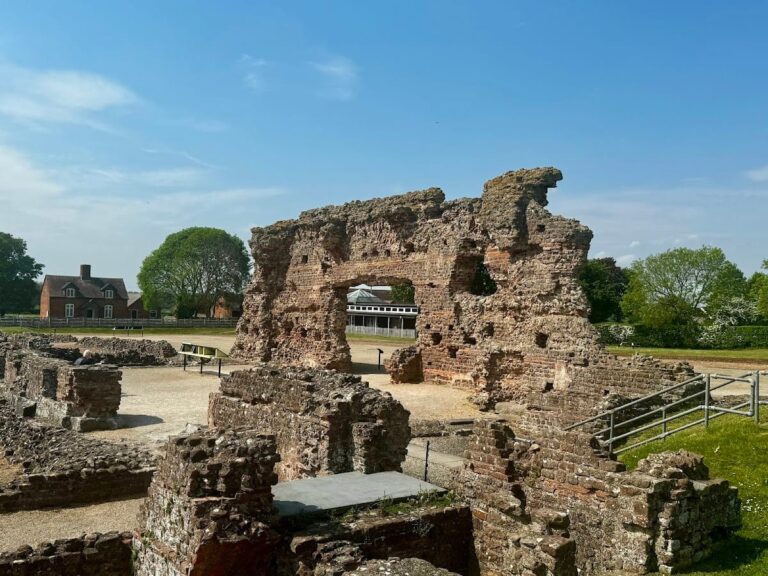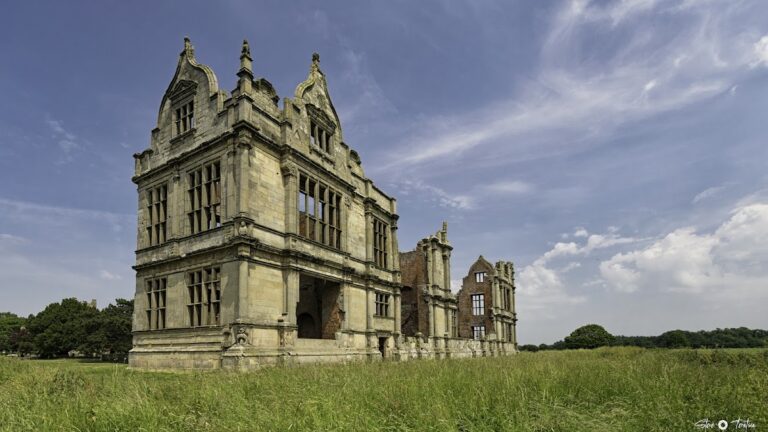Rowton Castle: A Historic Country House in Shrewsbury, England
Visitor Information
Google Rating: 4.8
Popularity: Low
Google Maps: View on Google Maps
Official Website: www.rowtoncastle.com
Country: United Kingdom
Civilization: Unclassified
Remains: Military
History
Rowton Castle is situated near Shrewsbury in England, a country house originally constructed during the 17th century on the grounds of an earlier fortress. This location has hosted a castle for several centuries, reflecting a long history of habitation and strategic importance. The site’s earliest known structures predate the current building, although details about the original castle remain limited in the records.
For several generations, the estate belonged to the Lyster family, a tenure that continued until 1889. Upon the death of Lady Charlotte Lyster, ownership passed to her nephew, Montagu Corry, the 1st Baron Rowton. Following his death in 1903, the property was inherited by another relative, Colonel N. A. Lowry Corry, indicating the continued association of the castle with this family line into the early 20th century.
In 1941, during World War II, the castle changed hands when Major Lees sold it to the Royal National College for the Blind. This institution moved from London after their premises were damaged in the Blitz and requisitioned by wartime authorities. The castle became a key part of the college, providing accommodation for staff and senior students while also housing dining facilities for both junior and senior pupils. Additional academic spaces were constructed on the building’s eastern side to serve educational needs.
A significant event in the castle’s 20th-century history occurred in 1953, when a fire consumed much of the building and destroyed thirty-eight musical instruments used for tuning instruction. All occupants evacuated safely, and the college temporarily relocated part of its training to Henshaw’s Institution for the Blind. The fire marked a challenging period that was followed by expansion as the college acquired further buildings around Shrewsbury. This growth culminated in the college’s decision to move to Hereford in 1978 to consolidate its operations in a new location.
Following the college’s departure, Rowton Castle remained unoccupied for several years until redevelopment began in 1986 to convert the historic property into a hotel. This new role commenced in April 1989, providing a fresh chapter in its long history. The current proprietors have owned the property since 1997, maintaining its presence in the region and adapting the estate for contemporary use.
Remains
Rowton Castle stands as a country house dating from the 17th century, built atop the site of an older medieval castle that had served the area for centuries. The existing structure is set within approximately 17 acres (6.8 hectares) of gardens, emphasizing its status as a substantial rural estate. The house’s overall configuration reflects its evolution from fortress origins to a residence adapted for various functions over time.
During the period when the Royal National College for the Blind occupied the site, the main building accommodated staff and senior students, with dining areas designed to serve both older and younger pupils within the castle itself. To support the college’s educational mission, additional classroom blocks were erected on the eastern side of the property. These classrooms have since been transformed into private apartments, illustrating a layer of adaptation that reflects changing use in the late 20th century.
A notable episode in the castle’s physical history was the serious fire in 1953, which destroyed large portions of the buildings. This event also resulted in the loss of 38 musical instruments, including pianos and organs used for student training, underscoring the castle’s role not only as living quarters but as an educational center with specialized facilities. Despite the destruction, many parts of the structure have been preserved or restored, retaining the building’s historic character.
Rowton Castle holds the designation of a Grade II* listed building, a status reserved for particularly important buildings of more than special interest. This recognition highlights its value as an architectural and historical asset. The castle’s fabric thus reflects the layers of its long history, from its origins as a castle site through periods of residential use, educational adaptation, fire damage, and eventual conversion into new forms of occupancy.
